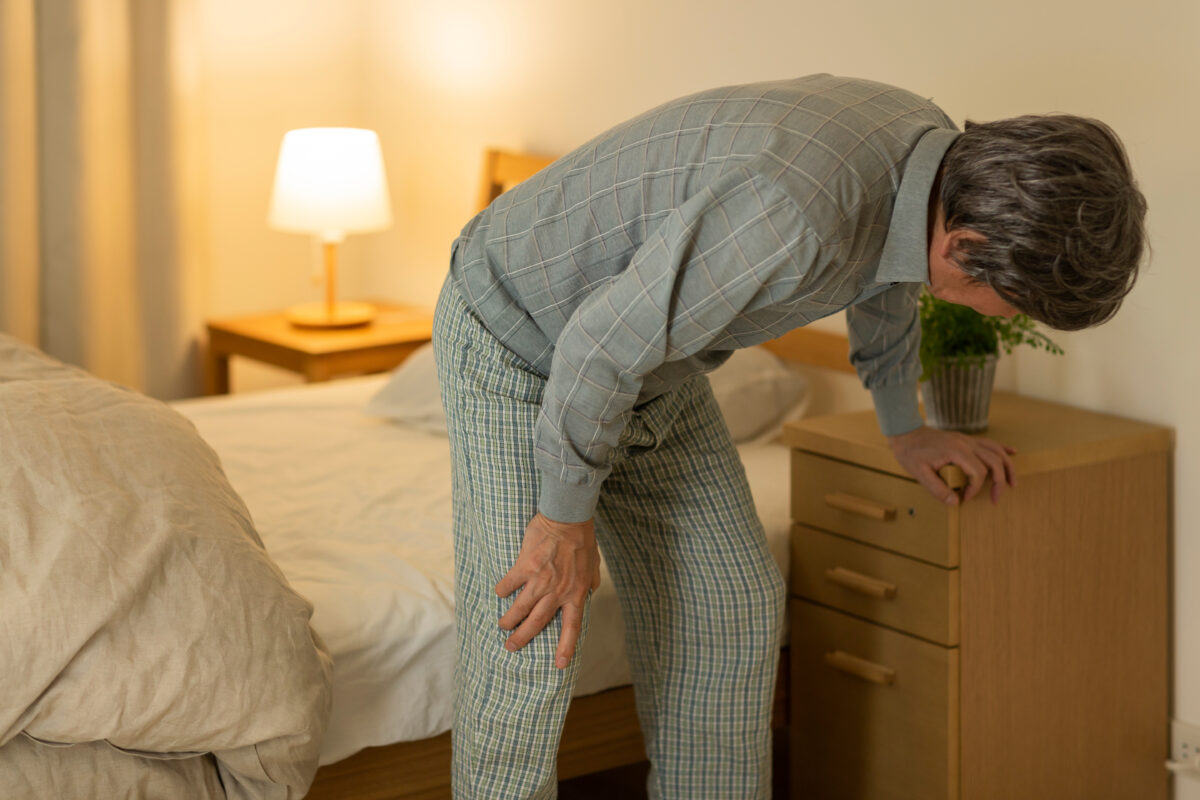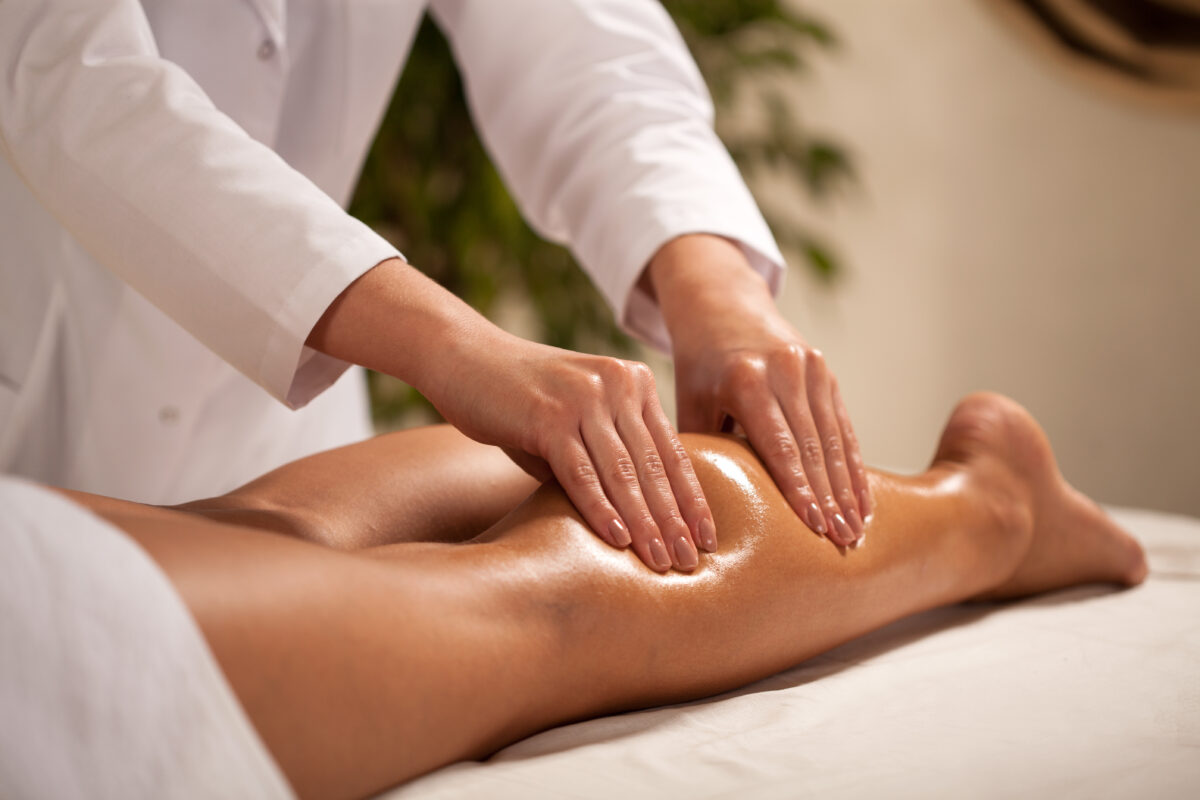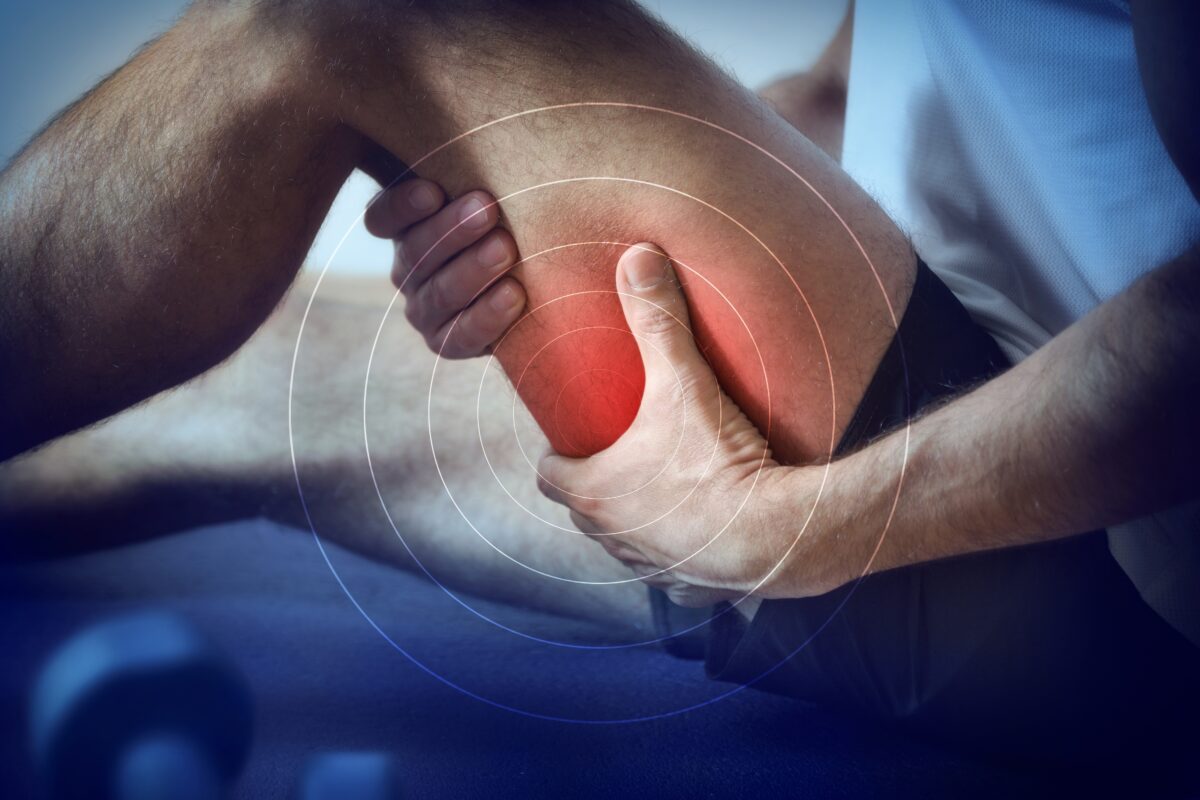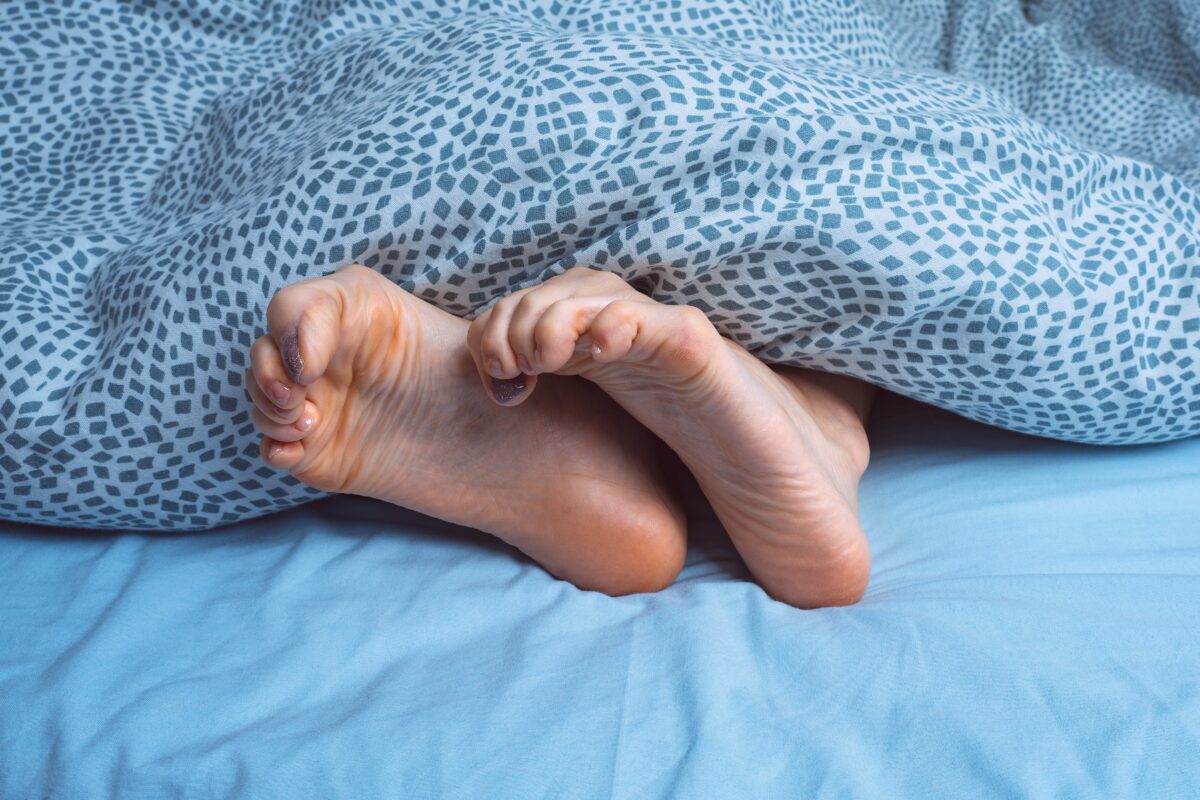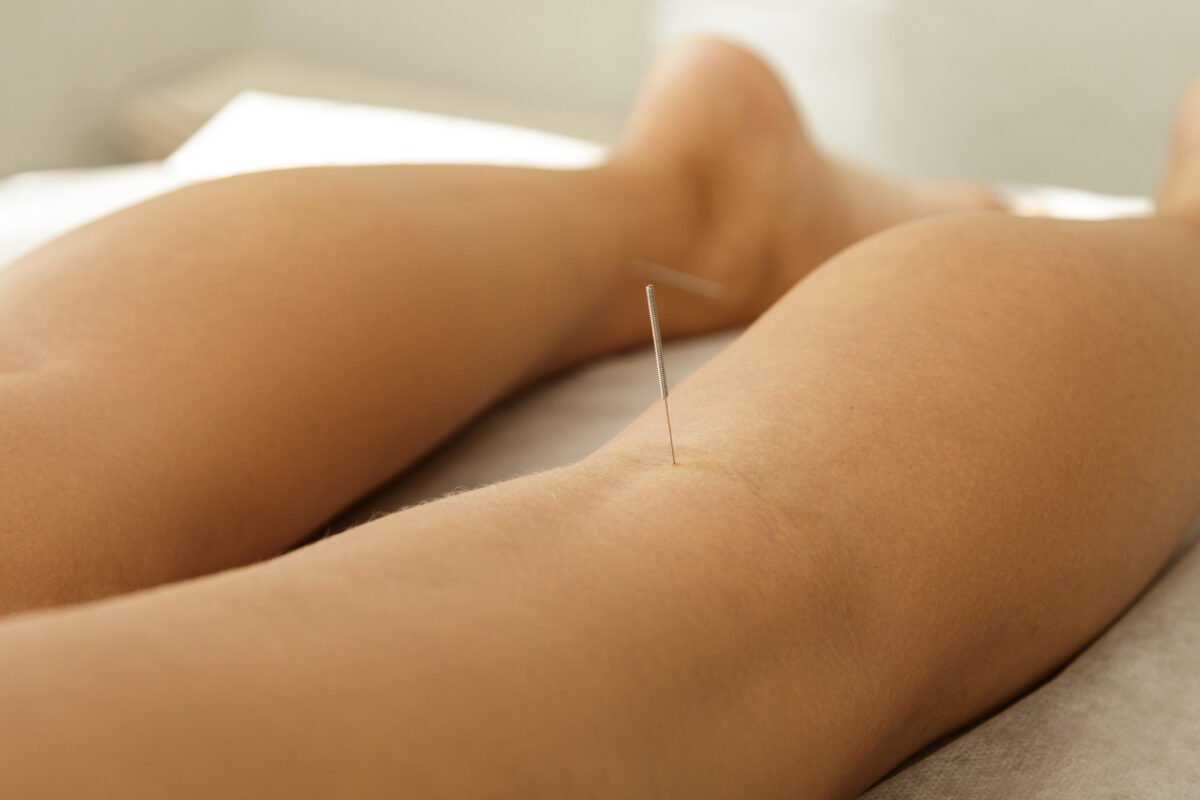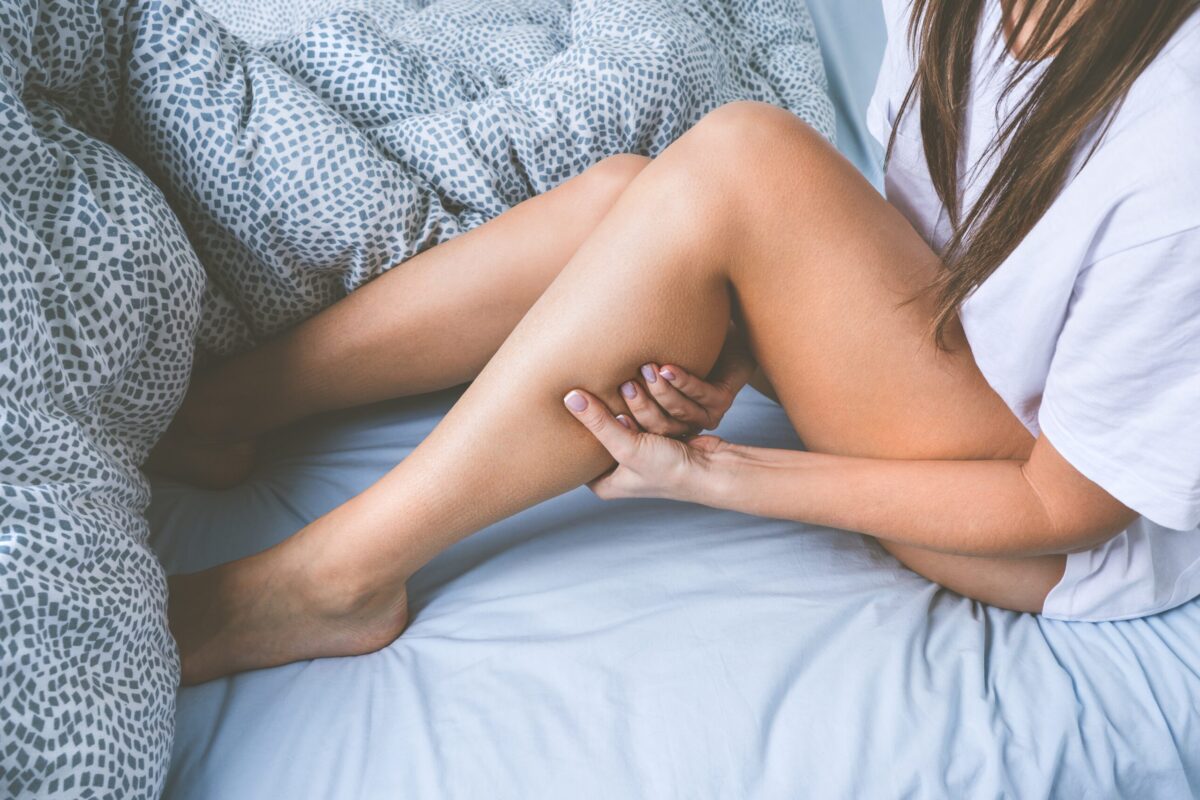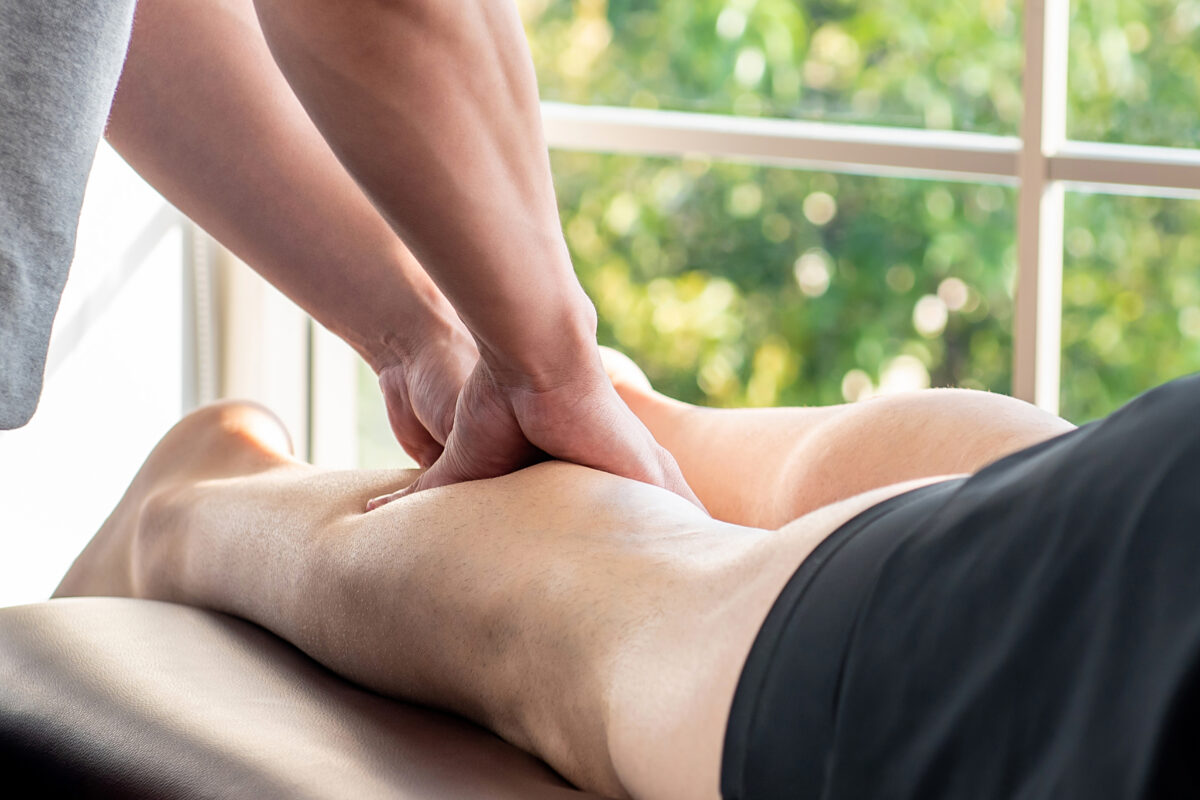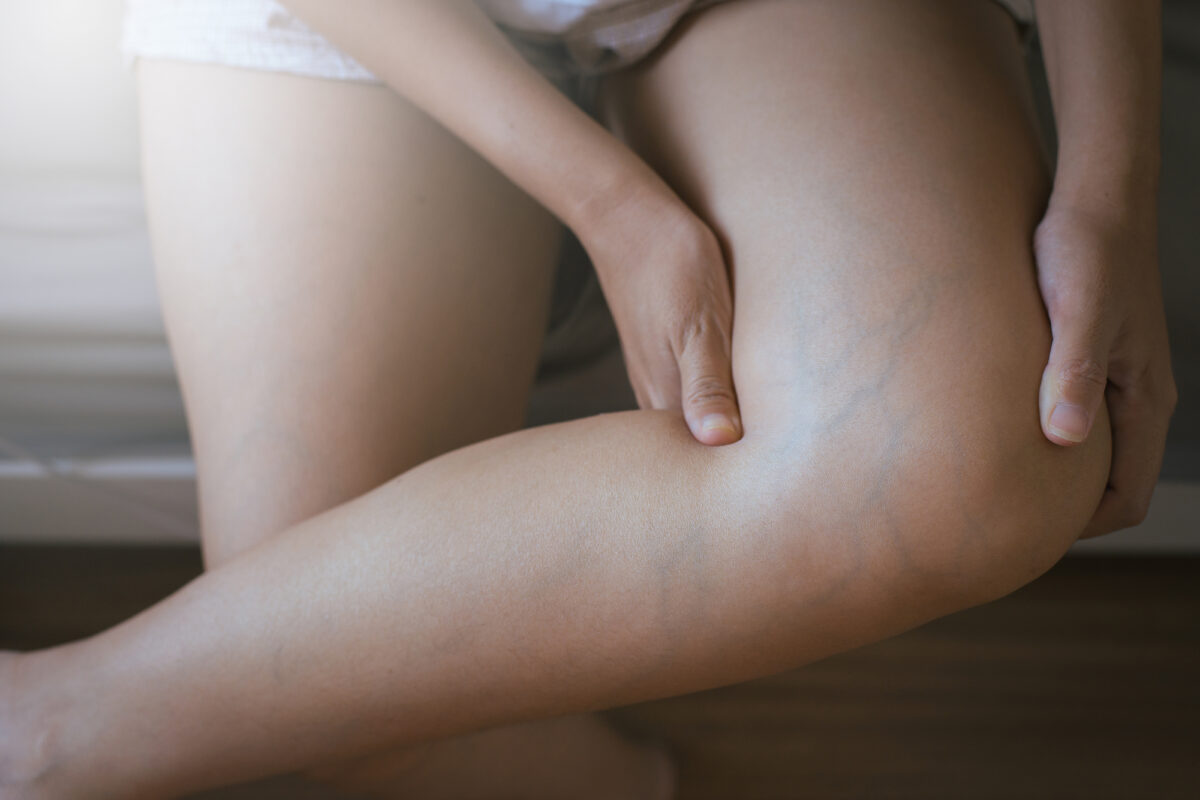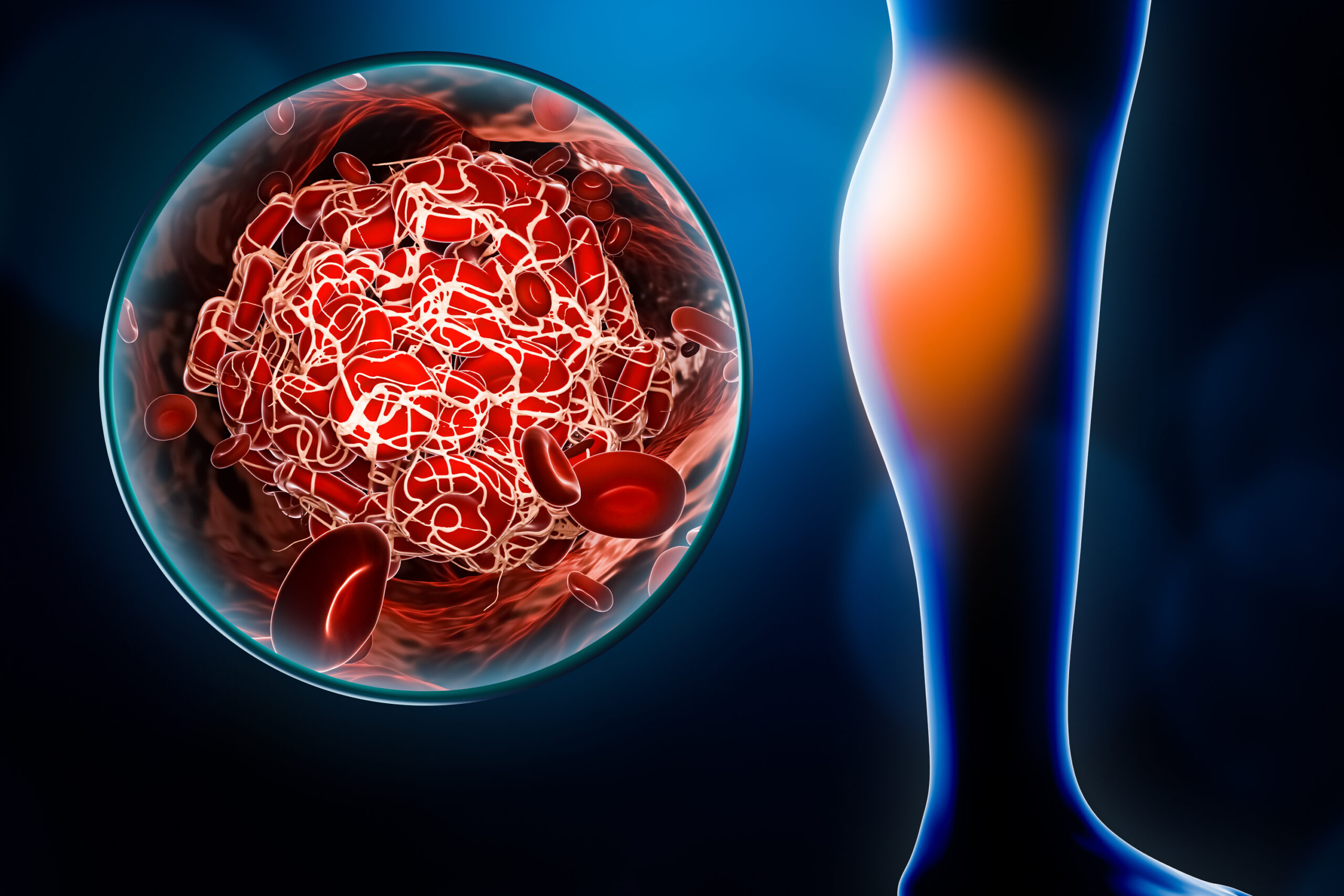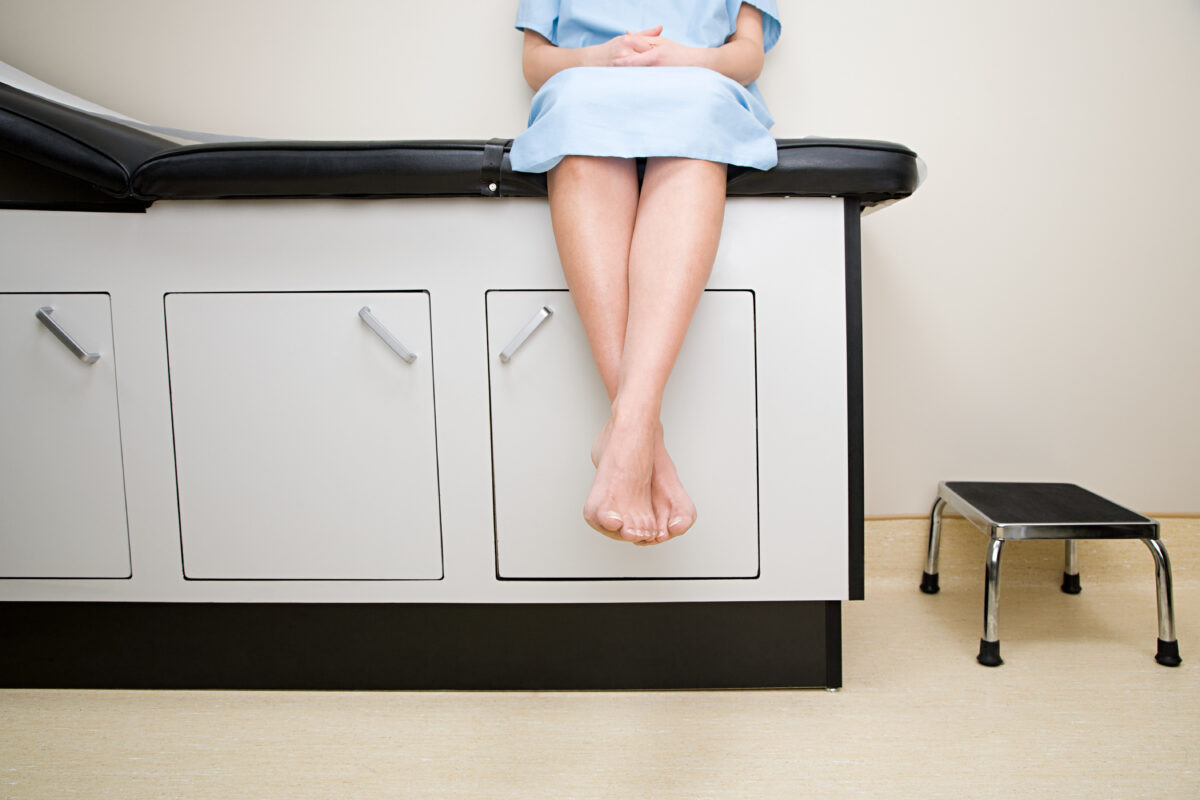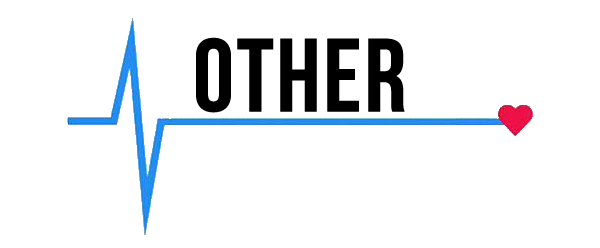Spinal Pain Management Can Cure Aching Legs at Night
When resting in the evening, you may experience aching legs at night for many reasons. The symptoms of this disorder should not be ignored, especially if you are going through pain.
Pain management specialists should be consulted immediately if there is any discomfort. For some patients — believe it or not — lower back pain management is key. In herniated disk disease, the fibrous cartilage surrounding the vertebrae breaks down – resulting in a pain management plan in the future. A disk’s gelatinous center is forced outward due to the compression, and pain and damage are inflicted as a result of pressure on the spinal nerve.
Meanwhile, there are things you can do to bridge the gap between pain and a healthier you. Keeping your body hydrated, stretching legs before bedtime, and resting them intermittently each day can be very helpful.
Aching Legs at Night: Focus on Your Lower Back
It seems counterintuitive, but daytime slouching while seated is not a good idea if you want to fend off aching legs at night. While keeping your feet flat on the ground, sit in your chair, and arch your back. By releasing this arch by about 15 percent, your back will be in a neutral position. To avoid bending your neck forward, keep your screens at eye height and your shoulders back as well.
Support for your spine comes from your core muscles, which is a great lower back pain management strategy. Your spine suffers degenerative damage if these muscles are weak. Core muscles include your abs, erector spinae, multifidus, obliques, glutes, pelvic floor muscles, and diaphragm. Your spine is supported by each of these muscle groups. Your spine can be relieved of pressure by keeping them strong.
Healthy spinal pain management also means sleeping should be a time to let your spine rest. A firm and supportive mattress is essential for good sleep. A pillow can also be placed under your knees if you sleep on your back (or between your knees if you sleep on your side). Avoid sleeping on your stomach, which forces your spine into an uncomfortable position.
Last but not least, most people spend too much time sitting, which puts much more pressure on their spines. Standing up and moving around every hour is important if you need to sit for long periods of time. A standing desk is another option that is spine-friendly.
Make a Habit of Resting Your Legs Intermittently
As a natural human posture, standing is not particularly harmful — although this fact can be challenged if you’re suffering from aching legs at night. Standing is usually only beneficial for certain periods of time.
It is possible, however, to develop sore feet, swelling of the legs, varicose veins, low back pain, and stiffness of the neck and shoulders if you stay in one position for long periods of time. Keeping the body in a standing position requires muscular effort while reducing blood supply to these muscles. Feet, legs, backs, and necks suffer from pain because of lack of blood flow.
The muscles in your feet and legs are more tired when you stand for an hour in one place. As you walk, all the muscles in your feet and legs are used. Muscles do not get overly tired in this way.
Although a sedentary lifestyle isn’t strictly defined, researchers use a number of metrics to measure it. In the end, just know that making a habit of resting your legs intermittently over a day of healthy standing fits well into any lower back pain management plan.
Elevate Yourself in the Daytime for Aching Legs at Night
In millions of adults throughout the United States, both Chronic Venous Insufficiency (CVI) and lower spinal pain are widespread and often overlooked conditions — and they are usually related to aching legs at night. Fortunately, elevating your legs for just 15 minutes a day can temporarily alleviate those symptoms.
There are three reasons why elevating your legs is beneficial. First, it moves blood back to the heart. You remember those tiny blood valves, right? In the extremities, they struggle against gravity. Blood builds up in veins when the valves are weakened and cannot fight gravity. Blood drains back toward the heart when you raise your legs against gravity.
The second benefit of elevating your legs to help remedy aching legs and knees at night over the short term is: Reduction of swelling. Fluid leaks from the veins and causes swelling in the lower leg when blood pools in the veins. As a result, swelling can be reduced by elevating your legs.
Third, it reduces blood pressure. Sitting or standing for long periods restricts vein circulation. And the accumulation of blood leads to higher blood pressure in the veins. The pressure is lower when you put your feet up, because pooled blood drains from the vein.
Consult your pain management specialist or doctor before elevating your legs every day. Elevating the legs above the heart is safe for most people. Using a pillow, a table, or a wall as a prop can help you relax in a reclining position. You should feel comfortable and your back should be well supported. Eventually, lower back pain management will be essential for your situation.
Stretching Your Legs Before Bedtime is Important
Developing a routine in the evening to wind down from the day is important for battling aching legs at night and getting quality sleep. Before going to bed, some people may benefit from quiet activities such as reading or taking a warm bath, while others may find stress relief from gentle stretching — especially if their legs hurt at night.
Relaxing the muscles with stretching is a natural, effective strategy. Additionally, it promotes mental health and relieves stress, in addition to maintaining physical health. Before bedtime, these activities or other forms of stretching can alleviate stress and make it easier to fall asleep.
People sometimes experience cramps in their legs at night or in the evening. Did you know that stretching your legs before bedtime can alleviate leg cramps and tension? Standing quadriceps and thigh stretches, hamstring stretches, and calf stretches are among the leg muscles you can stretch. The right environment for proper spinal pain management can benefit from these little tips.
Stay Hydrated During the Day for Aching Legs at Night
Breathing, perspiring, urinating, and defecating make you lose water every day — and believe it or not, these activities can be related to aching legs at night. For your body to function properly, you must replenish its water supply by drinking water-containing beverages and eating water-containing foods.
In a temperate climate, how much fluid does the average healthy adult need? The average man drinks 15 cups (3.5 liters) of fluid a day, while the average woman drinks 11 cups (2.6 liters). A typical day’s fluid intake is about 20 percent from food, such as fruits and vegetables, and the rest from drinks. Lower back pain management should be accompanied by getting plenty of fluids every day.
It’s recommended you drink eight glasses of water each day. This is a reasonable goal, and it’s easy to remember. Drinking water whenever you feel thirsty is the best way to stay hydrated.
A few glasses of water a day might be enough for some people. It may be necessary for some people to take more. If you are pregnant or nursing, you may need to modify your total fluid intake based on several factors, such as your exercise activity, the environment you live and work in, and your overall health. Staying hydrated is just one more weapon in your arsenal in the fight against aching leg pain at night.
Spinal Pain Management Treatment for a Healthier You
A reasonable pain management solution can seem impossible when you’re hurting from aching legs at night. However, a pain management doctor who is experienced and knowledgeable knows how to relieve pain and restore your quality of life.
You should recognize that there are some serious issues that could be contributing to your painful legs at night. First off, lower back pain management should be in focus for you and your health care specialist as you get evaluated.
Next, seeing bulging blood vessels under the skin indicates varicose veins, which means specific pain management solutions should be on your radar right away. Your legs, feet, or ankles may display blue or purple bulges. When your veins are unable to send blood back to your heart because of venous insufficiency, you develop varicose veins. Poor circulation is caused by these damaged veins. It’s common for varicose veins on the back of the legs to appear contorted and bulging, causing aching legs and knees at night.
The weakness, tingling, and numbness of the arms, legs, hands, and feet may also be caused by muscle and nerve disorders, as well as cramps, spasms, or atrophy due to the loss of motor neurons. The majority of people also suffer from muscle tension, back and shoulder pain, and stress. Chronic pain, sciatica, insomnia, fatigue, and headaches are all symptoms and causes of chronic pain.
Muscle pain can occur for a number of reasons. The reasons range from sleeping in the wrong position to pulling large muscle groups while lifting weights. It may be necessary to seek medical treatment even after a few days of resting for people with constant or chronic muscle pain.
Diagnosis and Treatment
In addition to bones, joints, ligaments, tendons, and muscles, musculoskeletal pain can affect other parts of the body as well. As a result, pain management is a priority for many people. Sudden, severe pain can result from injuries such as fractures. Chronic pain is also caused by arthritis, which affects muscles, bones, joints, tendons, and ligaments. It can be sudden musculoskeletal pain or chronic pain that lasts forever. There are different types of pain, including localized pain and generalized pain, that can make your legs hurt at night.
Diagnostics and treatments are performed using minimally invasive and highly effective techniques, reducing the risk of side effects, complications, and medication. Whether you’re experiencing mild pain or a type of pain that makes every moment miserable, a qualified pain management doctor can give you the dose of healthy reality you need. Various treatment options are available for painful legs at night.
Through conservative treatments, minimally invasive procedures, surgery, or quality spinal pain management, the right health specialist can provide what you need to move forward. Sometimes you need to find a different solution. You may consider medical massage therapy, acupuncture, arthroscopy, or radiofrequency vein ablation. You may also consider certain types of injections; hip and knee injections, platelet-rich plasma injections, or anesthetic injections.
Depending on the severity of the condition, a combination of treatments may be prescribed. Aching leg pain at night can greatly affect your ability to function and easily disrupt your quality of life, but you can tackle the issue immediately through lower back pain management.
Wellness and Pain Can Help
A range of options for treating aching legs at night are available at Wellness and Pain. We offer conservative treatments, routine visits, and minimally invasive quick-recovery procedures. We can keep you free of problems by providing lifestyle education and home care advice to help you avoid and manage issues, quickly relieving the inhibiting lifestyle conditions when complications arise.
At Wellness and Pain, we personalize patient care plans based on each patient’s condition and unique circumstances to relieve pain, improve mobility and mental space, and improve your overall health.


